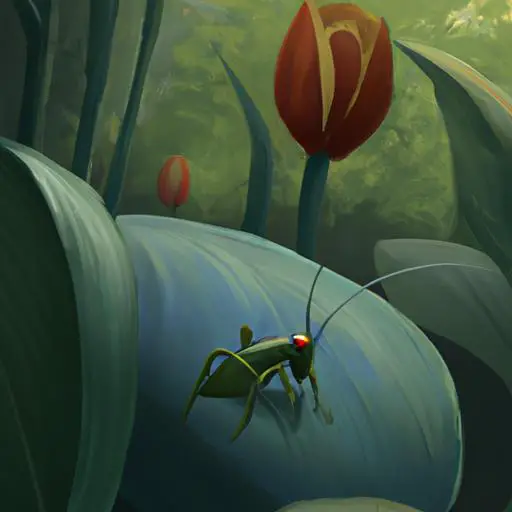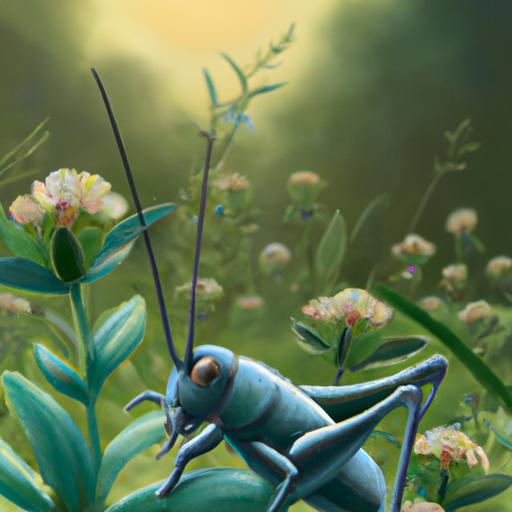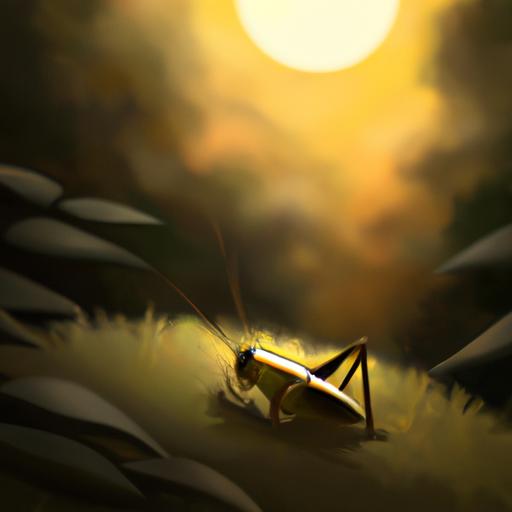The reason why crickets chirp in quick briefs is that it takes a lot of energy to rub their wings together quickly enough to create the sound wave. If they chirped for too long, they would get tired and wouldn't be able to make the noise anymore. Now, let's get to the root of this magical chirping sound.. For a typical male cricket, the night is a perfect cover for them to fulfill all three reasons why they make noise. An adult male comes out at night to make all types of noises to attract a female. Females being active at night are present and excited. They can move to the males, exhibiting a behavioral pattern known as Phonotaxis.

Why Are Crickets So Loud? (Plus Tips to Control the Noise) My Backyard Life

Alien Sound make crickets stop chirping/go away 🦗 YouTube

How cricket make sound using their wings. YouTube

how crickets make sound ? YouTube

How Do Crickets Make Noise? Uncovering the Secrets of Cricket Chirping

Let's Find Out Cricket Sound YouTube

Why do Crickets Make Noise? (5 Important Facts) UpHomely

How Do Crickets Make Noise? Uncovering the Secrets of Cricket Chirping

Why Do Crickets Chirp These Reasons Will Simply Amaze You! YouTube

🦗How to make a Cricket Sound Effect From Noise YouTube

How Do Crickets Make Noise? Uncovering the Secrets of Cricket Chirping

Why Are Crickets So Loud? How Do You Get Crickets To Shut Up?

Cricket sound effect YouTube

how cricket produce sound.. LIVE STUDY YouTube

How Does Crickets Make Noise? Understanding the Physiology, Acoustics and Role in Pest Control

Cricket Noise Sound Effects YouTube

How a Cricket makes noise YouTube

How Do Crickets Make Noise A cute, educational look at the method and reasons crickets make
/GettyImages-610083165-56f939693df78c784192f827.jpg)
How Do Crickets, and Cicadas Sing?

Real Cricket Chirping Sound Cricket Noise YouTube
For one thing, most grasshoppers make noise by rubbing one of their legs against one of their wings. But most crickets make sound by rubbing their two forewings (their front wings) together. One wing is jagged, like a little row of teeth. And the other wing kind of scrapes up against it, making a sound.. One of the more succinct versions is provided by John Serrao in his "Nature's Events" (1992): "In most cricket species the chirping sounds result from the scraper on the left wing being drawn.